Switch is closed at time . Which one of the following statements is correct?
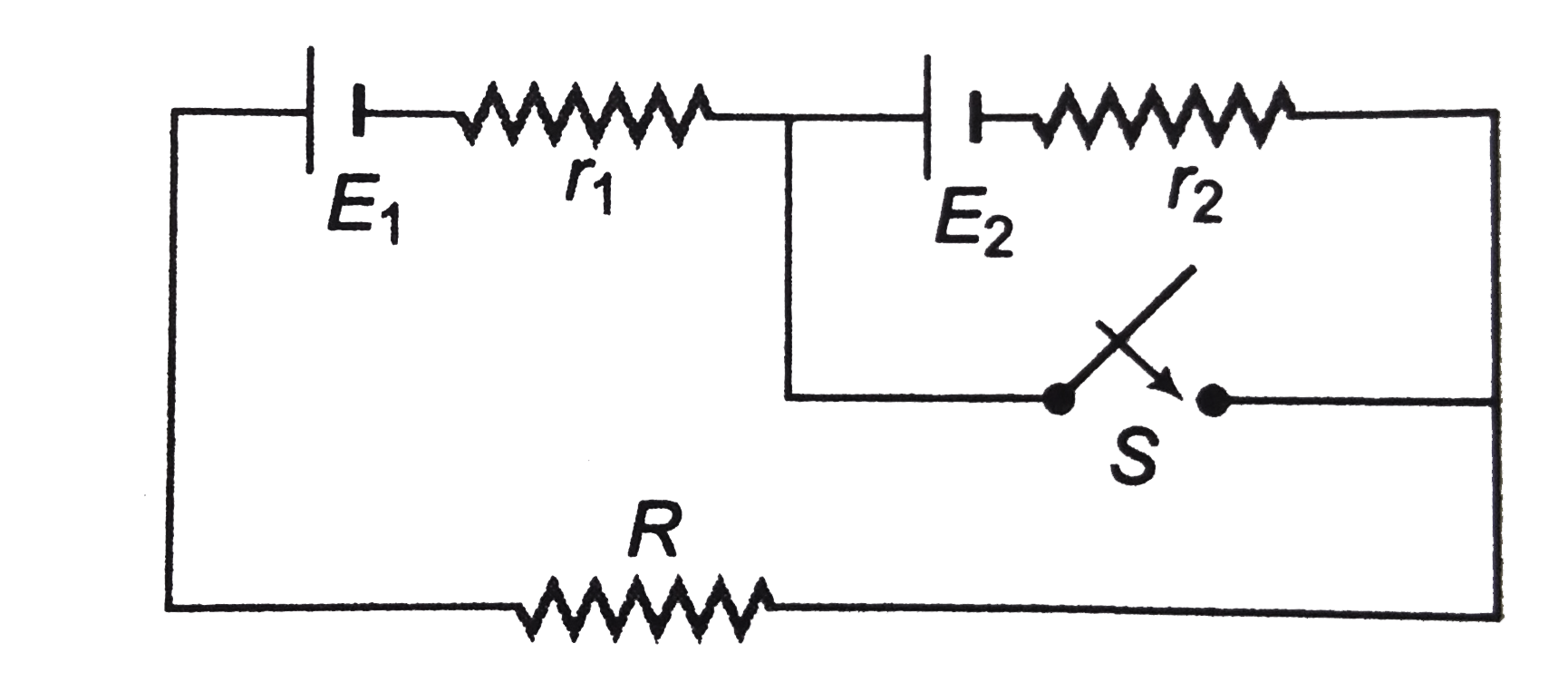
Current in the resistance R increases if
Current in the resistance R increases if
Current in the resistance R decreases if
Current in the resistance R decreases if
The correct Answer is:B
Step by step video, text & image solution for Switch S is closed at time t=0. Which one of the following statements is correct? by Physics experts to help you in doubts & scoring excellent marks in Class 12 exams.
Topper's Solved these Questions
Similar Questions
In the given circuit, the switch S is closed at time t = 0, then select the correct statement for current l in resistance PQ as shown in the figure.
_PHY_E05_045_Q01.png) View Solution
View SolutionIn the given circuit, the switch S is closed at time t=0 then select the correct statement for current l in resistance PQ as shown in the figure
_PHY_E05_091_Q01.png) View Solution
View Solution
Knowledge Check
- Question 1 - Select One or More
A capacitor is charged to a potential of V0. It is connected with an inductor through a switch S. The switch is closed at time t=0. Which of the following statement(s) is/are correct?
 AThe maximum current in the circuit is V0√CLBPotential across capacitor becomes zero for the first time at t=π√LCCEnergy stored in the inductor at time t=π2√LC is 14CV20DMaximum energy stored in the inductor 12CV20
AThe maximum current in the circuit is V0√CLBPotential across capacitor becomes zero for the first time at t=π√LCCEnergy stored in the inductor at time t=π2√LC is 14CV20DMaximum energy stored in the inductor 12CV20 - Question 2 - Select One
The capacitance of the capacitors C1,C2andC3 are 4μF,6μFand12μF respectively as shown, and the switch S remains closed for a long time. When the switch S is opened, which of the following statements will be correct about the current flowing through the battery B ?
 Aa finite and constant current will flowBa finite current will flow initially that will decrease exponentially with timeCno current will flowDinformation is insufficient to predict
Aa finite and constant current will flowBa finite current will flow initially that will decrease exponentially with timeCno current will flowDinformation is insufficient to predict - Question 3 - Select One
In the circuit shown in figure switch S is closed at time t=0, which statement is true after one time constant of L-R circuit?
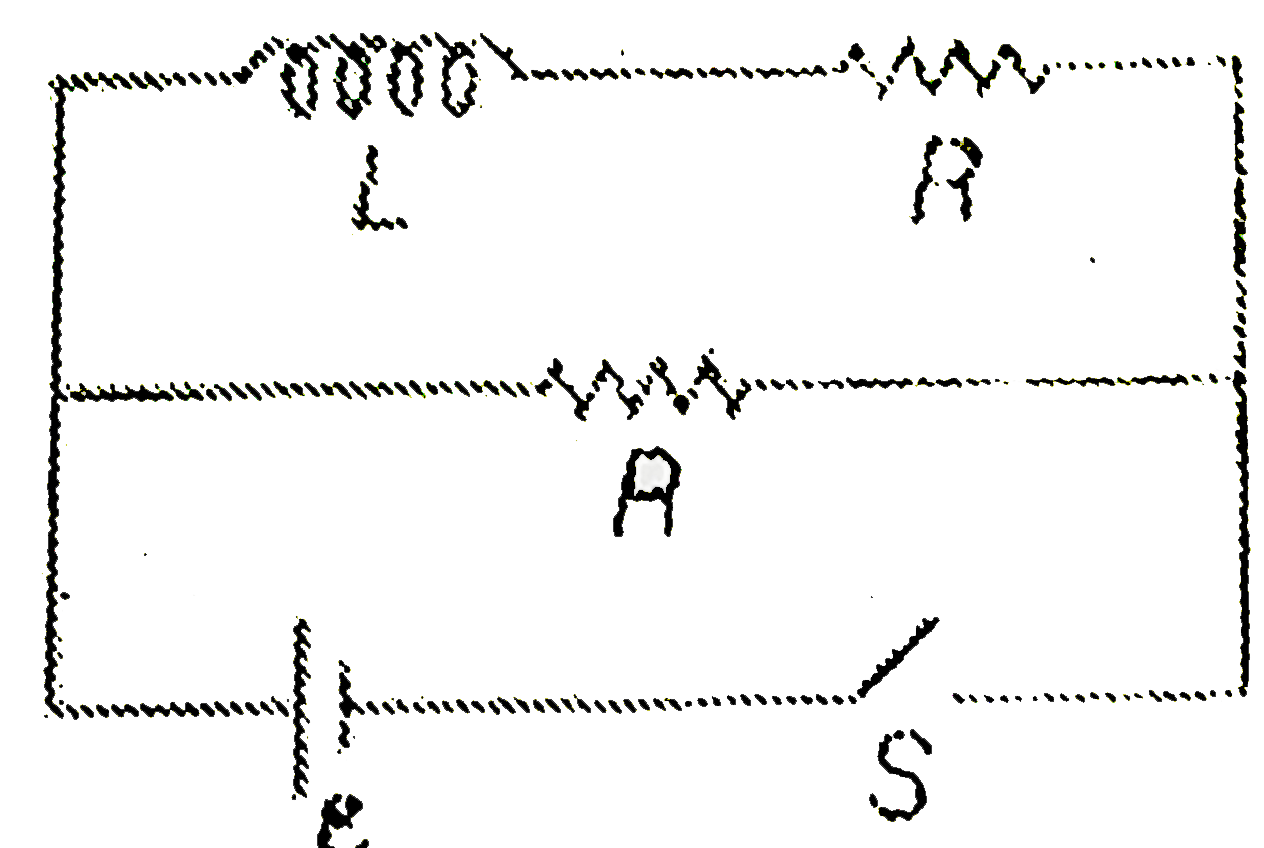 Acharge passes through inductor 2LεR(1−e−1)Bcurrent through battery ε2R(1−e−1)Ccharge passes through inductor LεR2(e−1)DCurrent through battery is 2εR
Acharge passes through inductor 2LεR(1−e−1)Bcurrent through battery ε2R(1−e−1)Ccharge passes through inductor LεR2(e−1)DCurrent through battery is 2εR
In the circuit shown in the following figure, the switch is moved to position 1 at t = 0. Which of the following most closely represents the current I as a function of time?
 View Solution
View SolutionIn the circuit shown in figure switch S is closed at time t=0. The charge which passes through the battery in one time constant is
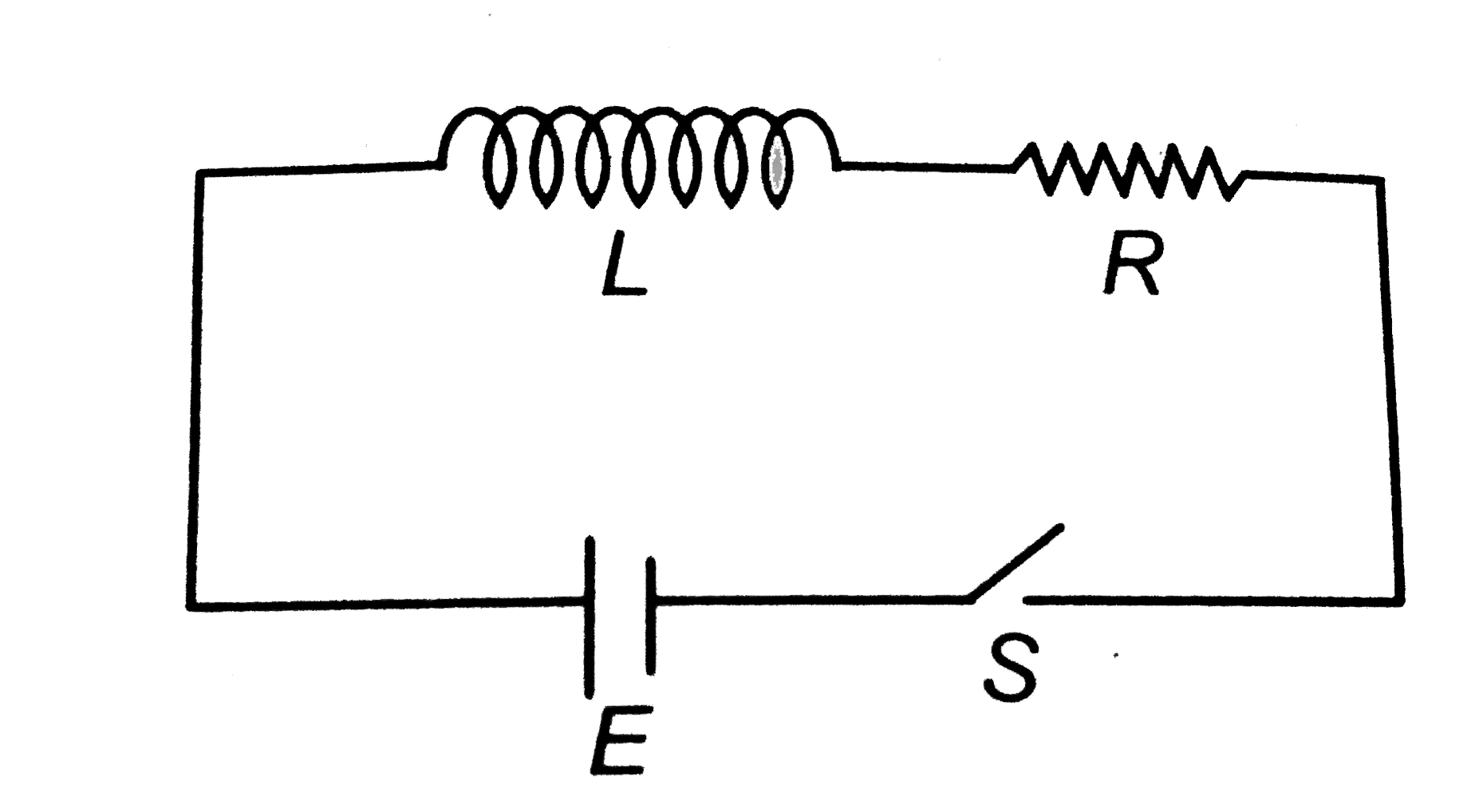 View Solution
View SolutionSwitch S of the circuit shows in Fig is closed at t=0. If e denotes the induced emf in L and I is the current flowing through the circuit the circuit at time t, which of the following graphs is//are correct?
 View Solution
View SolutionThe capacitor shown in the figure is initially unchanged, the battery is ideal. The switch S is closed at time t= 0, then the time after which the energy stored in the capacitor becomes one - fourth of the energy stored in it in steady - state is :
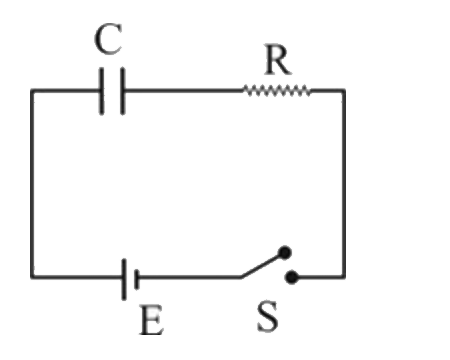 View Solution
View SolutionIn the circuit shown in figure switch S is closed at time t=0
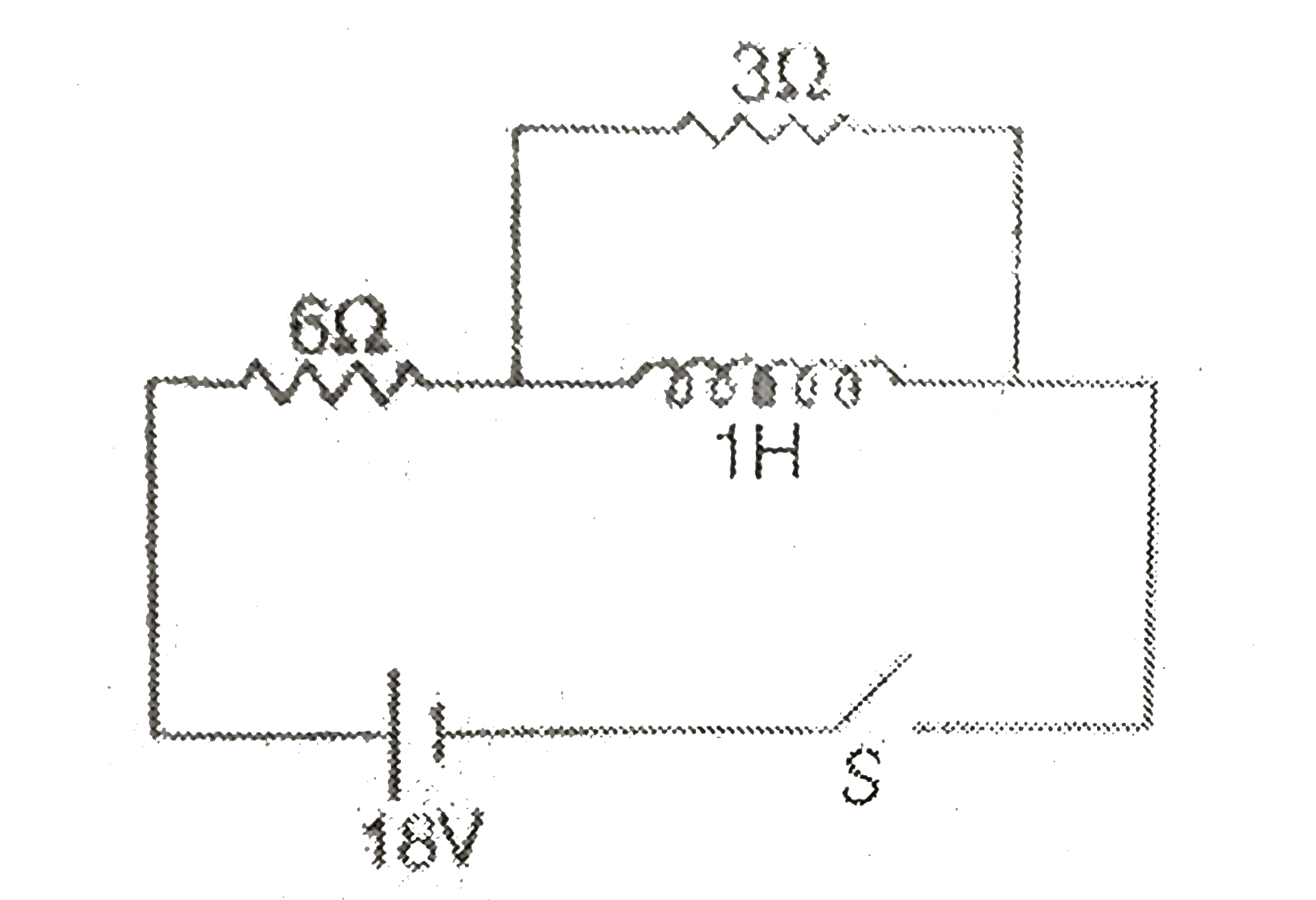
Current I from the battery at time t is given byView Solution
